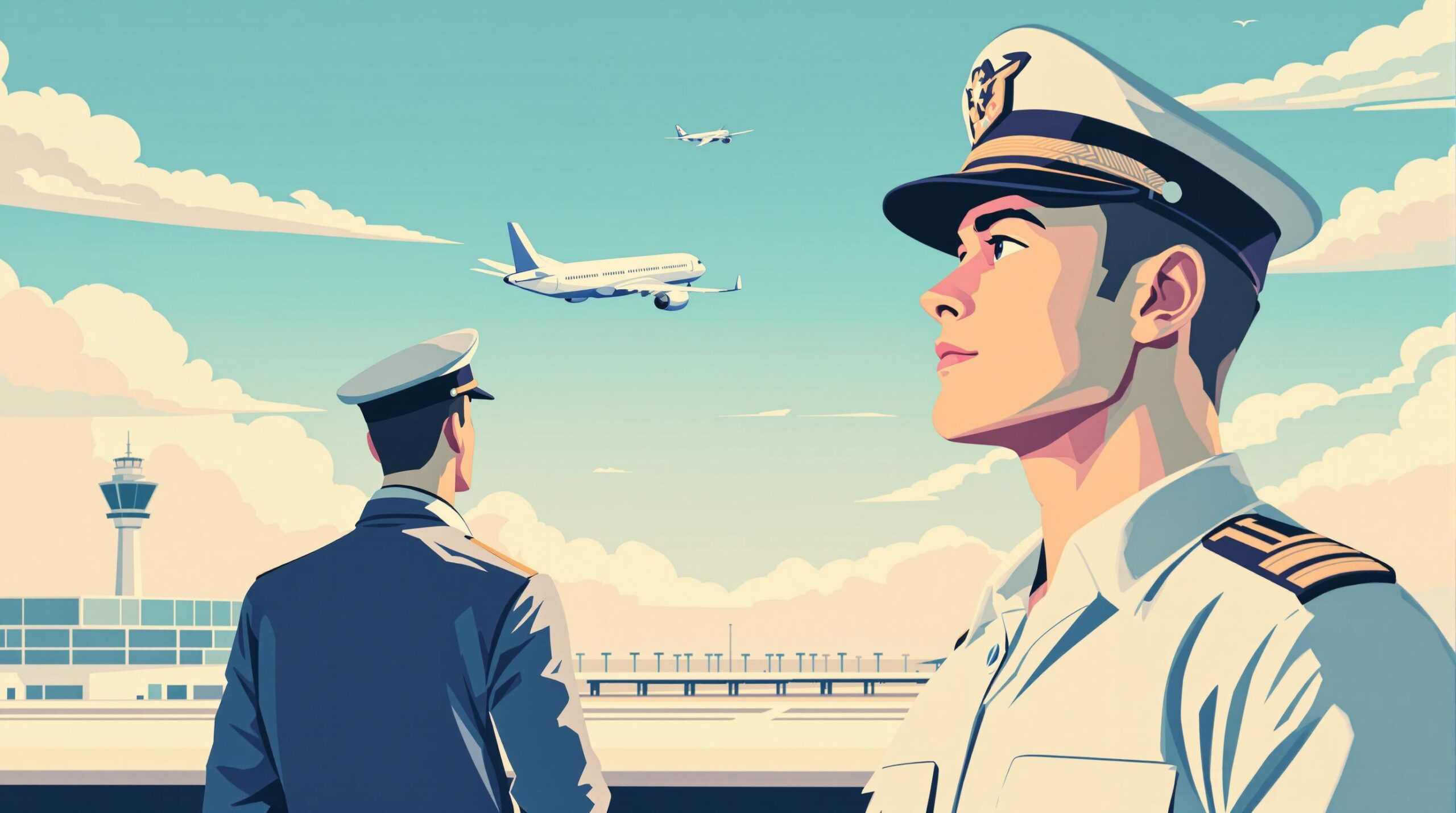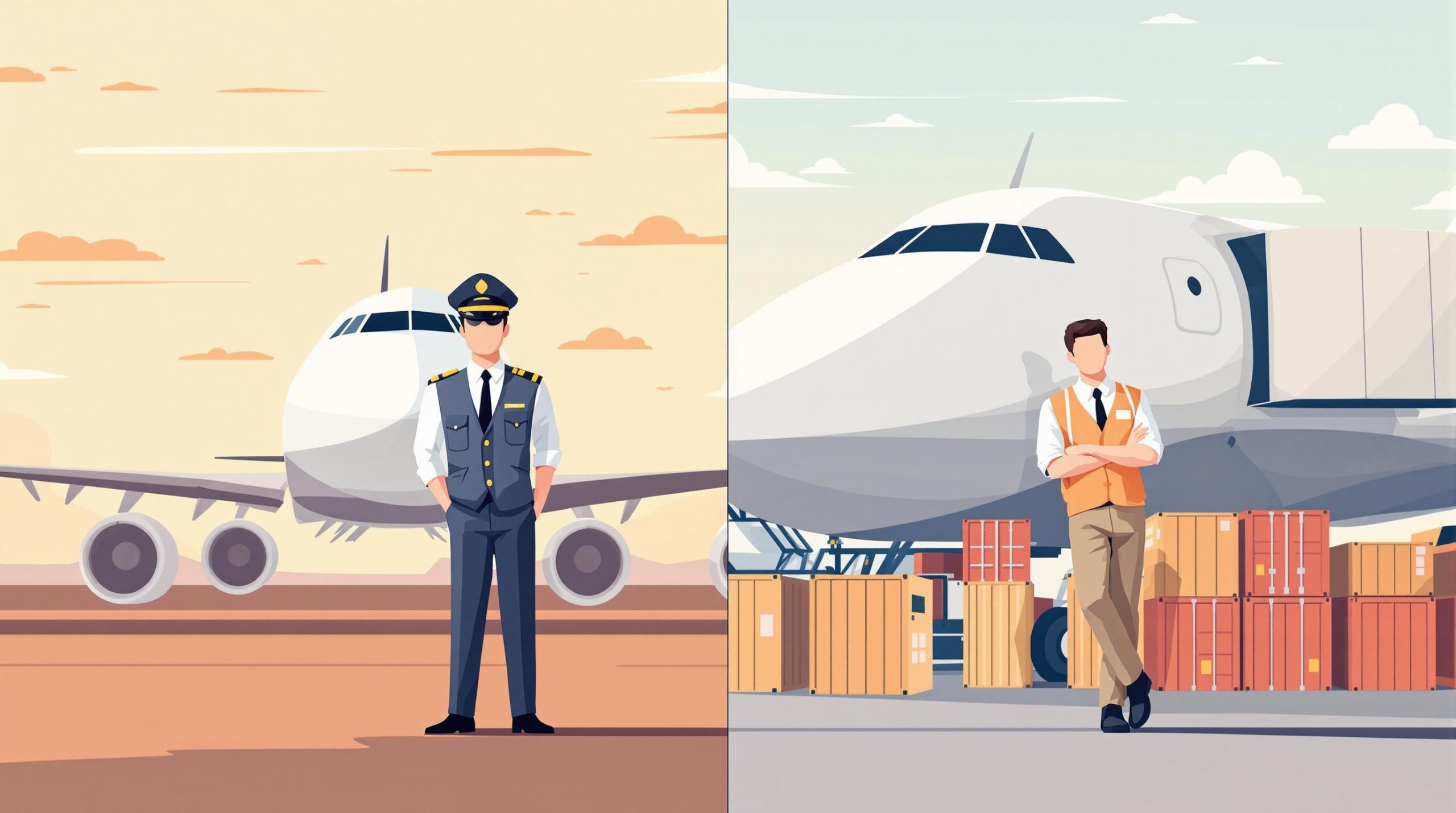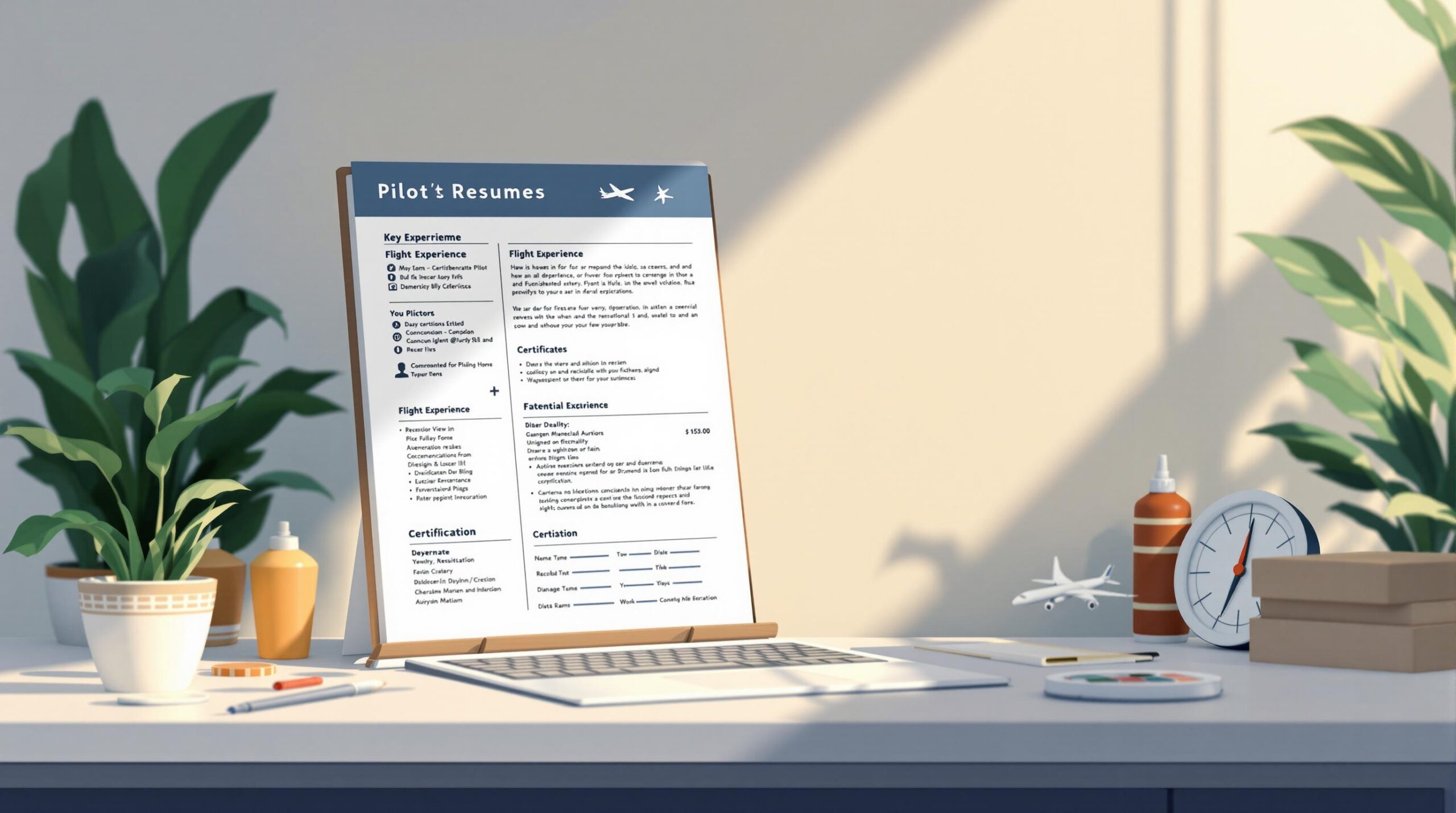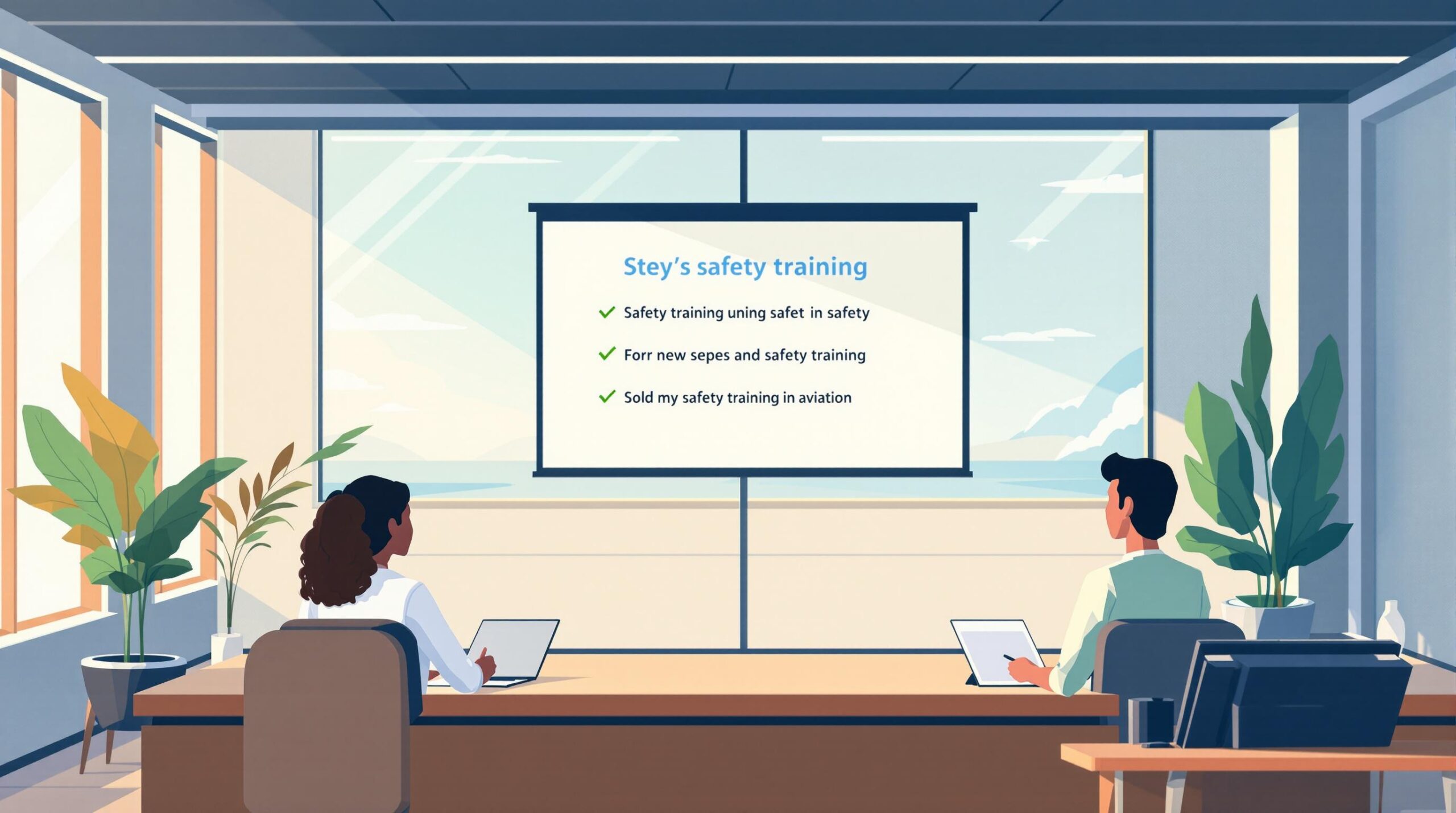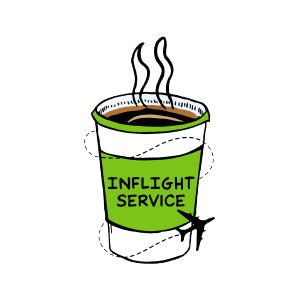New airline startups are reshaping the job market for pilots, creating faster career paths but also adding challenges. Here’s what you need to know:
- Pilot Shortage: By 2030, North America may face a shortage of 30,000 pilots due to retirements, aircraft delays, and new staffing rules.
- New Career Paths: Airlines like Breeze Airways offer quicker promotions, bypassing traditional regional airline routes.
- Pay and Perks: Startups offer signing bonuses up to $100,000 and faster upgrades, while legacy carriers provide better retirement benefits and stability.
- Operational Challenges: Startups face delays in training, certifications, and flight operations, slowing their growth.
The competition between new and established airlines is transforming how pilots build their careers, with digital tools playing a key role in navigating this evolving market.
Is The Pilot Shortage Over?
Pilot Demand and Market Changes
The shifts in pilot hiring are causing ripple effects across the aviation job market. North America alone is expected to face a shortage of 30,000 pilots by 2030 [3][7], presenting both challenges and opportunities for the industry.
Current Pilot Shortage
Despite a slowdown in hiring, the pilot shortage continues to grow. Around 8,000 to 10,000 pilots reach the mandatory retirement age of 65 every year [3][6], leaving significant staffing gaps. Major airlines hired 1,716 pilots in early 2024 – fewer than the 2,000+ hired in previous years [1]. However, the shortage remains a pressing issue.
Several factors contribute to this ongoing shortage:
- Mandatory retirements: 8,000-10,000 pilots retiring annually [3][6]
- Aircraft production delays: Boeing and Airbus delays have postponed three startup launches [1]
- New rest regulations: Require a 5-8% increase in staffing [6]
- Regional airline capacity: Operating 30% below 2019 levels [3][7]
Career Options for New Pilots
Emerging airlines are offering new pilots faster paths to advancement. For example, Breeze Airways hired over 200 pilots in its first year, providing direct entry into Airbus A220 positions – roles that typically require years of regional airline experience [6]. This shift is reshaping traditional career paths and putting pressure on regional carriers.
Pay and incentives for new pilots have also improved significantly. First-year pay at major airlines has risen to $90 per hour after a 40% increase, and new carriers are offering enticing recruitment perks:
Impact on Existing Airlines
The aggressive hiring strategies of new airlines are hitting regional carriers particularly hard. With pilots skipping traditional career steps, established airlines are struggling to maintain staffing levels.
Training bottlenecks add to the problem. While startups like Avelo simplify training by using single-type fleets [6], established carriers face delays of 6-8 months to certify pilots for multiple aircraft types [1][3]. For example, Airbus A220 training pipelines alone have created a 4-month backlog [3]. These delays are slowing growth for both new and established airlines, making it even harder to address the pilot shortage.
Pay and Benefits Competition
Pay Increases and Bonuses
The competition for talent among airlines has intensified, with new players pushing established carriers to offer better pay and incentives. Major airlines have significantly raised salaries, with first-year narrowbody captain pay increasing by 23% since 2022 [3]. To stay competitive, companies like American Airlines have introduced "industry parity" clauses, ensuring their pay matches rival offers automatically [6].
Startups are also shaking things up by allocating 25-35% of compensation toward bonuses, compared to the 15-20% typically offered by legacy carriers [3]. Meanwhile, regional airlines are fighting turnover by offering $75,000 training repayment guarantees, which have successfully lowered attrition rates from 18% in 2023 to 9% in 2025 [1][5].
New vs. Established Airline Benefits
Benefits play a major role in pilots’ career decisions, with newer and established airlines offering distinct perks depending on priorities. Here’s how they compare:
| Key Benefit Differences | New Airlines | Established Airlines |
|---|---|---|
| Career Progression | Upgrade in 18-24 months | 5+ years to upgrade [6] |
| Retirement Benefits | Average 8% 401k match | Up to 16% 401k match (Delta) [6] |
| Schedule Flexibility | 12-14 days off per month | 10-12 days off per month [6] |
Legacy carriers often hold the edge in long-term benefits. For instance, Delta Airlines offers a defined benefit pension that pays $5,000 monthly after 30 years of service [6], while most startups rely solely on 401k plans.
Earnings differences also persist, largely due to established airlines’ stronger route networks and favorable work rules. This ongoing battle between new and traditional carriers is reshaping industry standards, influencing where pilots choose to build their careers and how the market evolves.
sbb-itb-de05b1b
New Airline Start-up Issues
Training Program Delays
Startups may promise quicker career growth, but their training programs often lag behind operational needs. For instance, even when aircraft are ready, certification delays can hold things up. Hawaiian Airlines had to postpone 12 routes because of these bottlenecks [1]. Similarly, Mesa Airlines furloughed 127 pilots due to a shortage of instructors [1], showing how widespread these challenges are.
These delays don’t just slow down airlines – they also impact pilots directly. Longer certification processes can prevent pilots from moving between employers, creating a domino effect across the entire industry.
| Training Challenge | Impact on Operations |
|---|---|
| Aircraft Delivery Delays | Postponed type ratings |
| Instructor Shortage | Extended training timelines |
| Certification Backlogs | Route launch delays |
Flight Operations Constraints
New airlines face an uphill battle with air traffic control staffing shortages. According to FAA data, startup carriers dealt with 23% more ground delay programs than established airlines during peak travel periods in 2024 [1]. On top of that, legacy carriers often get priority for prime hub slots, leaving newer airlines with less favorable options [1][6].
The challenges don’t stop there. Startups reported an 18% higher Aircraft on Ground (AOG) rate in Q2 2024 compared to older airlines [1]. This higher rate stems from smaller parts inventories, which force frequent schedule adjustments. These disruptions not only affect pilot training schedules but also create uncertainty for pilots seeking stable, long-term jobs [3].
Some startups are finding ways to adapt. For example, Breeze partnered with MROi to address maintenance issues [1]. Partnerships like this show how new airlines are trying to tackle structural challenges while still attracting and keeping pilots.
With these hurdles in mind, having efficient job application systems becomes essential for pilots navigating such unpredictable job markets.
Digital Tools for Job Applications
Pilots are turning to digital tools to navigate the challenges of modern job applications and take advantage of new opportunities in the industry.
Pilot Pathfinder Application System

New airline startups often introduce complicated application processes, but digital tools have made these much easier to handle. Automated systems now cut submission times by 89%, allowing applications to be completed in less than 5 minutes [2][4]. During peak hiring periods, major airlines can process 40% more applications thanks to platforms like Pilot Pathfinder, which ensure fast submissions while keeping data accurate [2][4].
Job Search and Interview Tools
The hiring process doesn’t stop at applications – technical interviews are another major hurdle. With 72% of candidates failing technical interviews on their first try [6], tools now provide airline-specific question banks, mock interviews, and performance analytics to help candidates prepare effectively.
Data shows that candidates using these digital tools get interview callbacks 63% faster than those relying on older methods [4].
"AI-powered recruitment systems reduced pilot hiring process time from 6 weeks to 2 weeks"
With the aviation industry needing 226,000 new pilots in North America by 2042 [8], these tools are helping pilots stay competitive as startups change the hiring landscape.
Conclusion: Key Market Changes
The aviation industry is facing a unique mix of challenges as new airlines emerge while operational limitations persist. This has created a surprising mismatch between supply and demand, further complicated by hiring slowdowns. Adding to the complexity, it takes 12-18 months to certify training programs, which delays the readiness of new pilots.
Competition among airlines is also changing how careers in aviation develop. Newer carriers often promise quicker promotions compared to legacy airlines that rely on seniority-based systems. However, these faster pathways come with hurdles, especially for startup airlines still building their training infrastructure.
Pilots are now expected to adapt to these changes like never before. Those with multiple type ratings stand out, as they can transition more easily between established airlines and newer entrants. Success in this evolving market means excelling in both technical skills and modern hiring processes.
Digital tools have become essential for pilots navigating this tricky job market. Automated application systems and keeping up with multiple certifications give pilots an edge in securing opportunities despite the hiring pauses and shortages.
These trends are set to shape pilot careers well into 2025 and beyond.
